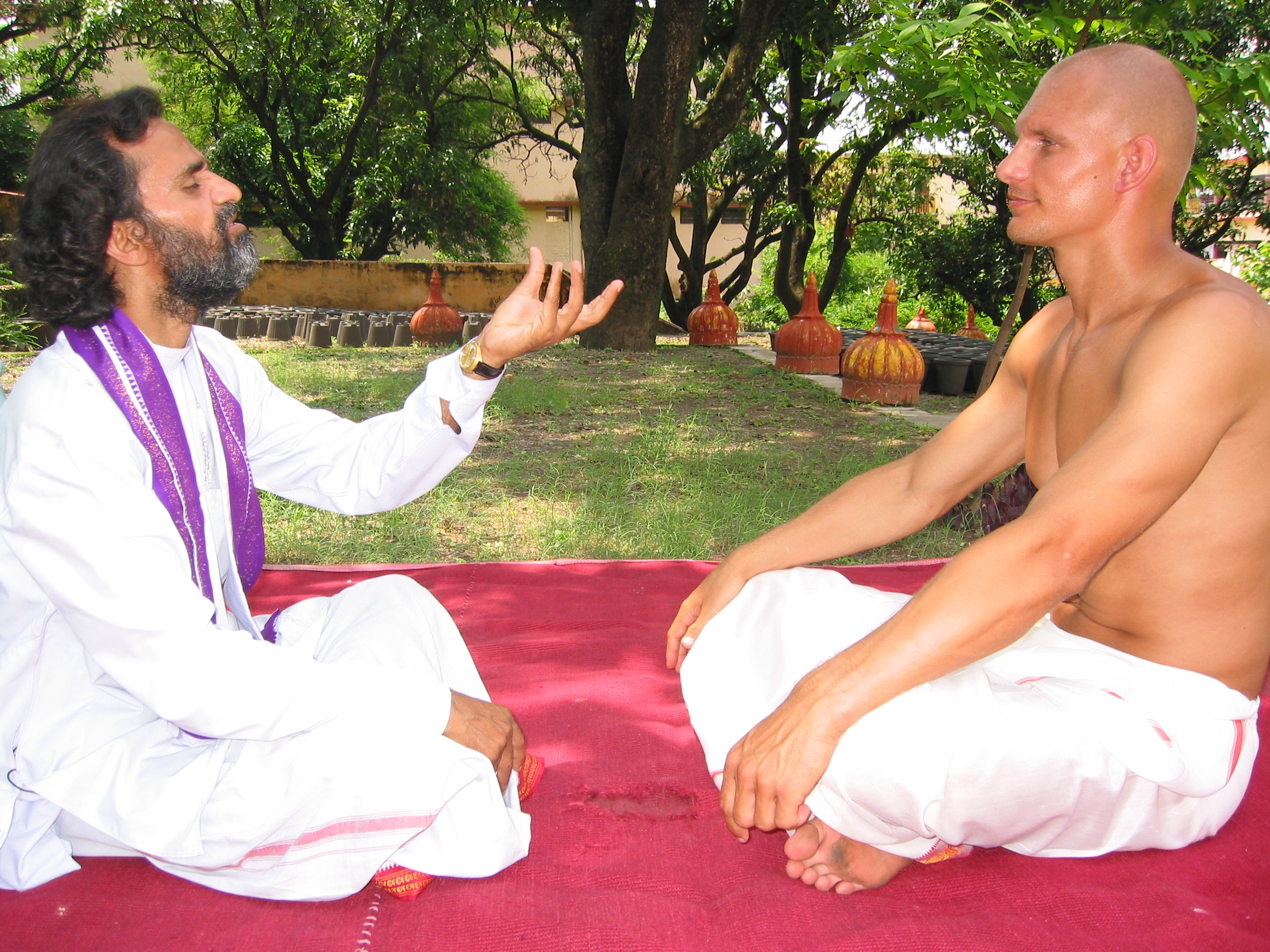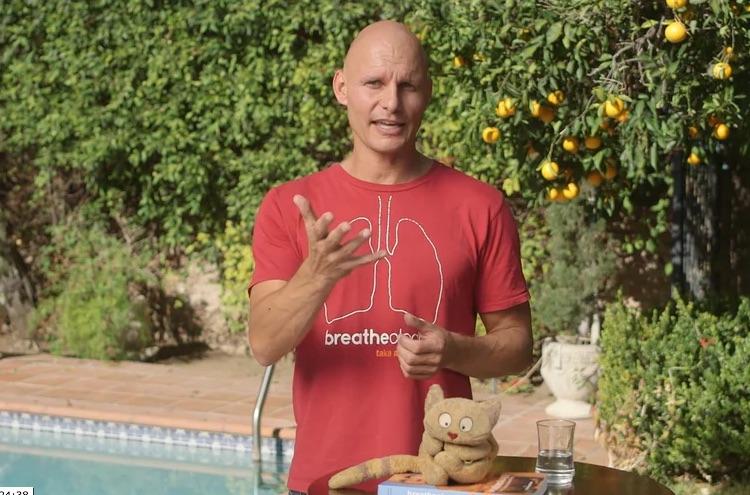The origin of yoga
Ashtanga is the basis of yoga. The word originates from Sanskrit and means “with eight limbs”. In The Yoga Sutras, Pantanjali systematically describes the eight parts that comprise the complete yoga system and leads the practitioner (the yogi) to the true goal. Buddha lived almost contemporarily with Patanjali and there are many obvious convergences between yoga and the commodious and charitable Buddhism. In particular with respect to moral concepts, but also with regard to tolerance towards other religions, respect for living creatures and nature and an acceptance of human diversity.

The eight elements in ashtanga are as follows:
- YAMA – GUIDELINES FOR GOOD BEHAVIOR IN SOCIETY
Non-violence and no harm (either in thought, speech or in deeds), truthfulness, freedom from possessiveness and greediness, control of sexual urge and unselfishness.
- NIYAMA – GUIDELINES ON AN INDIVIDUAL LEVEL
Cleanliness (food, thoughts, body etc.), satisfaction, enthusiasm, extension of the intellect and belief in and a surrendering to God or the divine.
- ASANA
Dynamic, steady, comfortable poses that cleanse, strengthen, stabilize, and make the body more supple.
- PRANAYAMA
Breathing exercises that assist in cleansing the body and mind, so that life energy can move more freely. - PRATYAHARA
Controlling the senses – either by calming them to render them passive, or by leading them inwards (abstraction). The first stage of concentration of the mind. - DHARANA
Concentration or complete attention.
- DHYANA
Meditation – concentration on a higher level. The mind focuses into one point or dissolves during a longer period of time.
- SAMADHI
The final goal of yoga where body, mind and soul are freed, and converge into one point where they are united with the universal life energy. Often termed Nirvana.
The first two elements, yama and niyama, are a set of universal rules for positive human behavior that are independent of time and place. Living by these ethical guidelines result in a positive cleansing effect on an individual as well as a cultural level. Furthermore, they are regarded as foundational and essential to moving forward in yoga.
Practical exercises compose the next level and consist of asana, pranayama and pratyahara. They mobilize and discipline the body and mind of the individual. In time they lead to the last level that is the inner and spiritual part of yoga consisting of dharana, dhyana and samadhi that together lead to a deeper understanding of life.
Different “schools” that lay down how yoga can or should be practiced have appeared throughout time. Karma yoga focuses on the actions or deeds of individuals, jnana yoga on knowledge and intellect and bakti yoga on devotion to the divine, just to mention a few. It is less important whether you devote yourself to this or that “school”, because they are all connected and converge at the same point. Yoga is yoga, and the goal is always the same – to ease your mind, to gain control of your thoughts and actions, and in the end to unite with the universe and eternity.
If you liked this article you are most welcome to share it with your friends…
Free Course To Improve Your Breathing
The FREE Breathing Discovery Class
Explore your own true breathing (and breath holding!) potential.
Follow the simple exercises and feel the immediate shift in your mind and effect on your body and soul.
It covers three lessons about benefits of conscious breathing, and how it will benefit your health and relax your mind.
Read more